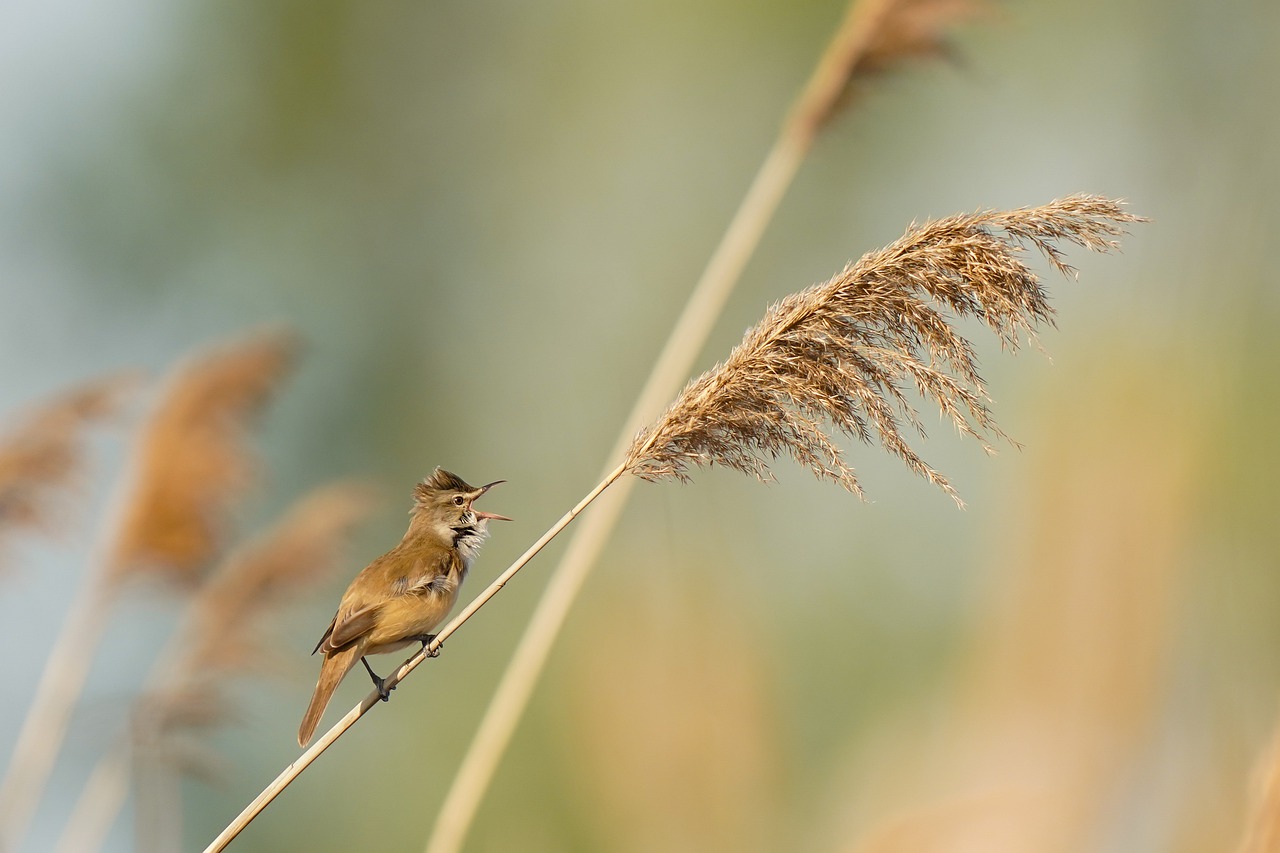Sångmönster under dygnet hos trastsångare Acrocephalus arundinaceus
DOI:
https://doi.org/10.34080/os.v3.23037Nyckelord:
fågelsång, territorialitet, häckningsbiologiAbstract
The diurnal song pattern of the Great Reed Warbler Acrocephalus arundinaceus was studied at Lake Kvismaren in South Central Sweden between 1985 and 1989. Males sing two types of song, a long song when attracting females and a short song when guarding fertile females. Seven males were studied over full 24-hour periods. The diurnal song pattern of males singing long song was characterized by a sharp peak in song rate at sunrise when they sang 70% of the time. In late morning song rate reached a plateau of about 55% of the time up till noon whereafter it slowly dropped to cease almost completely at sunset. An average male produced between 7,000 and 8,000 song strophes in a day. The song rate of individual males in noon and afternoon was clearly predictable from morning values, i.e. a male that had a high song rate in the morning was also likely to have a high song rate later the same day. In contrast to the long song, the short song was produced at a rather steady low level throughout the day and also appeared to be more variable in intensity over short time periods (i.e. showed a higher variance). The decline in the rate of long song over the day seemed to be paralleled by a decline in number of unmated females, suggesting that profitability of singing is highest during early morning whereafter it levels off. These results are discussed in relation to several hypotheses explaining diurnal song pattern in birds.
Nedladdningar

Downloads
Publicerad
Referera så här
Nummer
Sektion
Licens
Författaren/författarna innehar copyright för varje enskilt bidrag, men samtliga bidrag är publicerade under en Creative Commons-licens, så att vem som helst kan dela och återanvända bidraget förutsatt att copyright-innehavaren erkänns.







